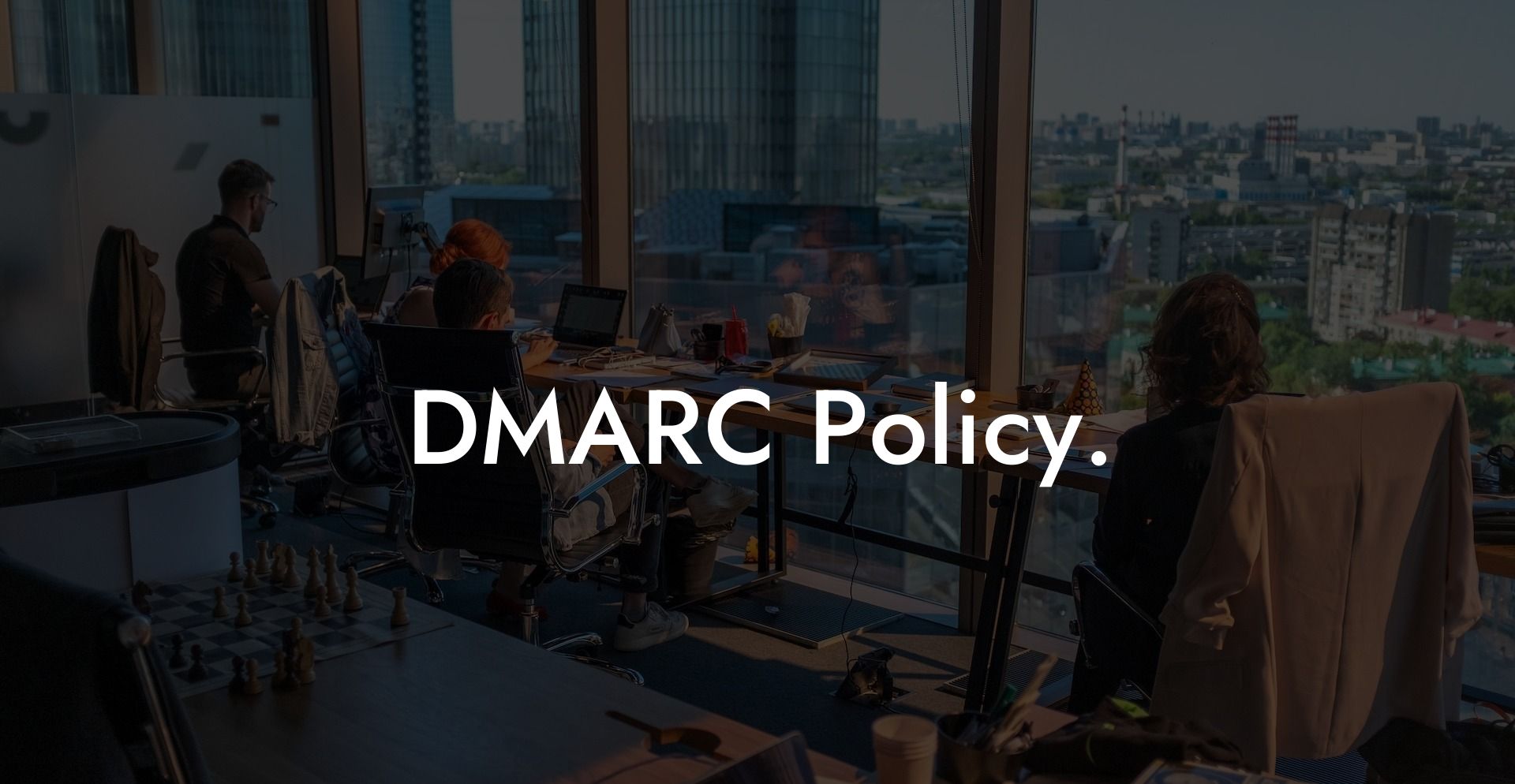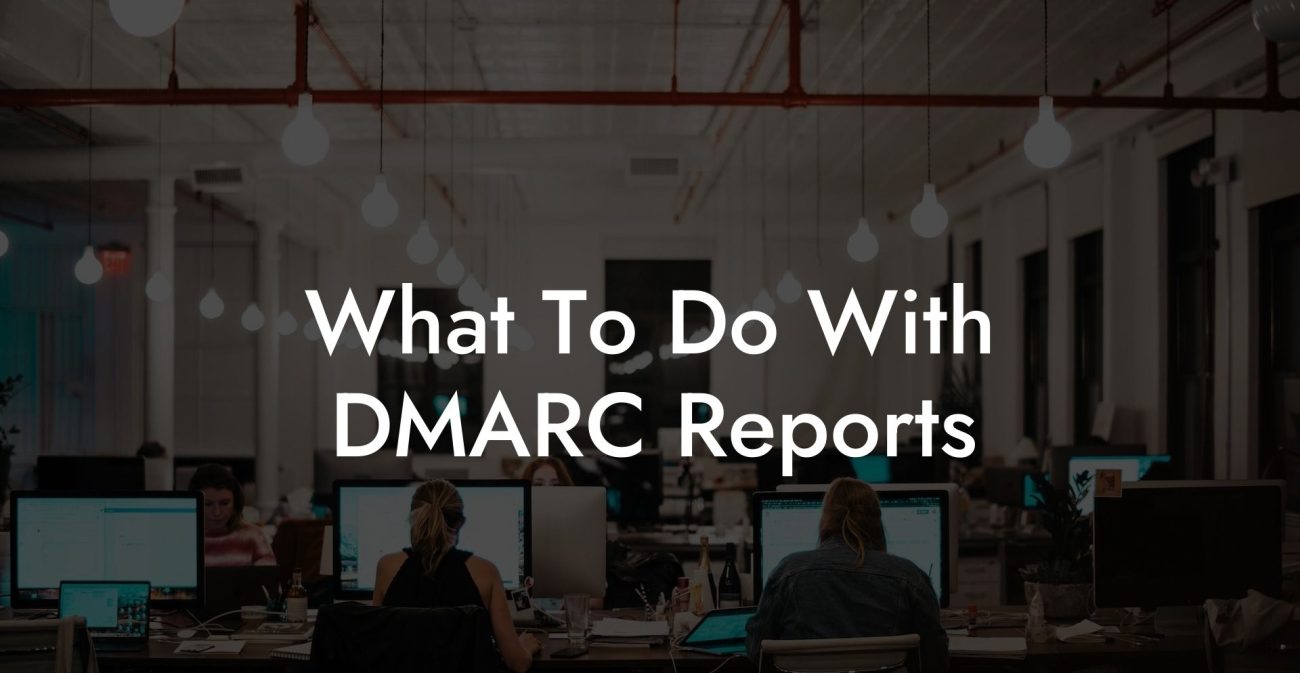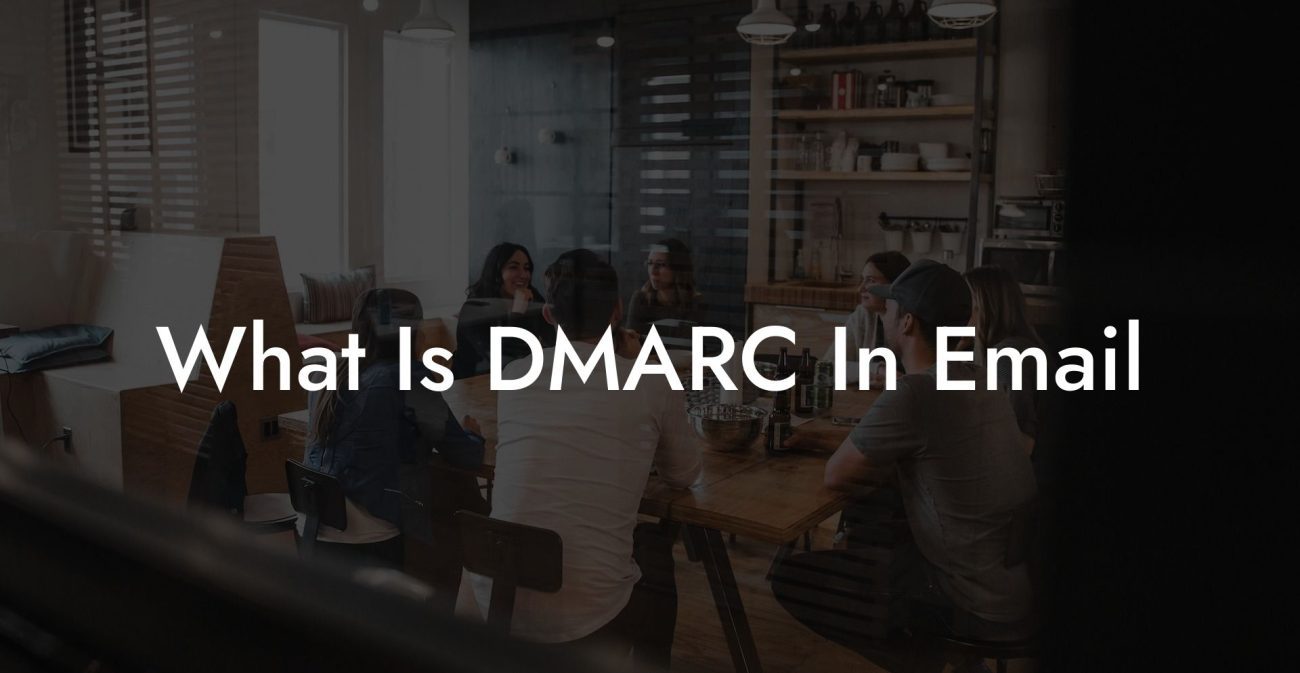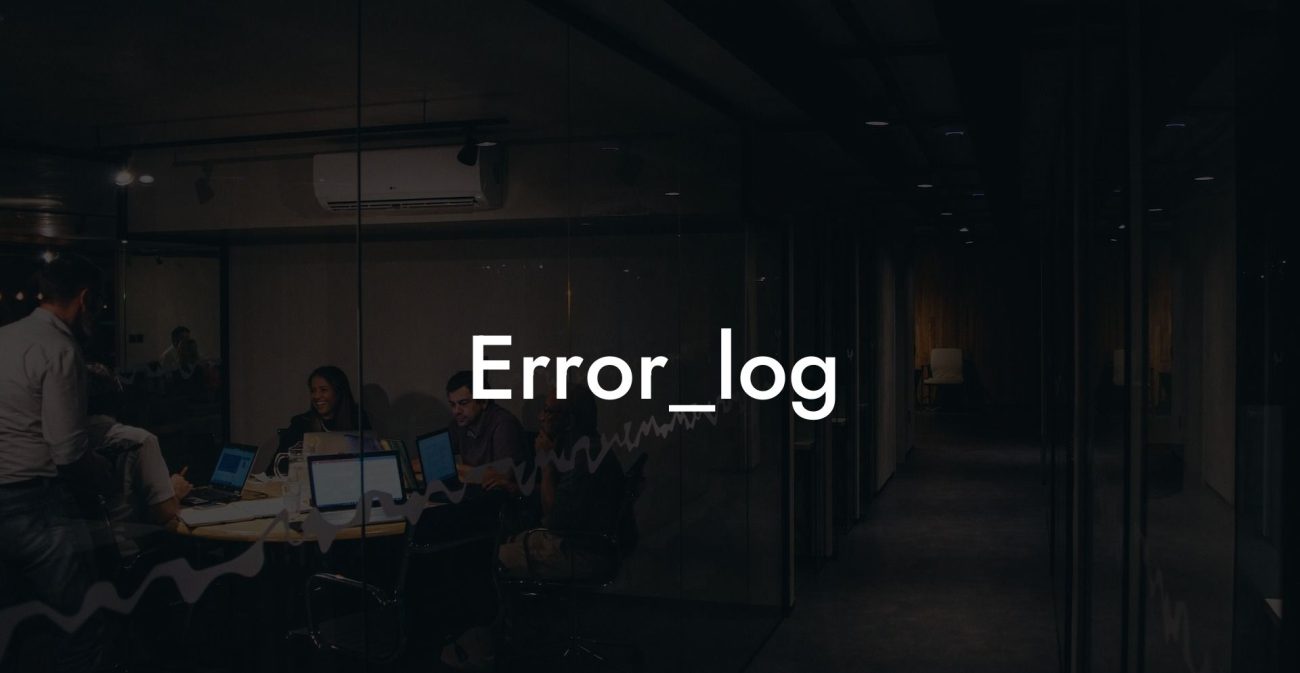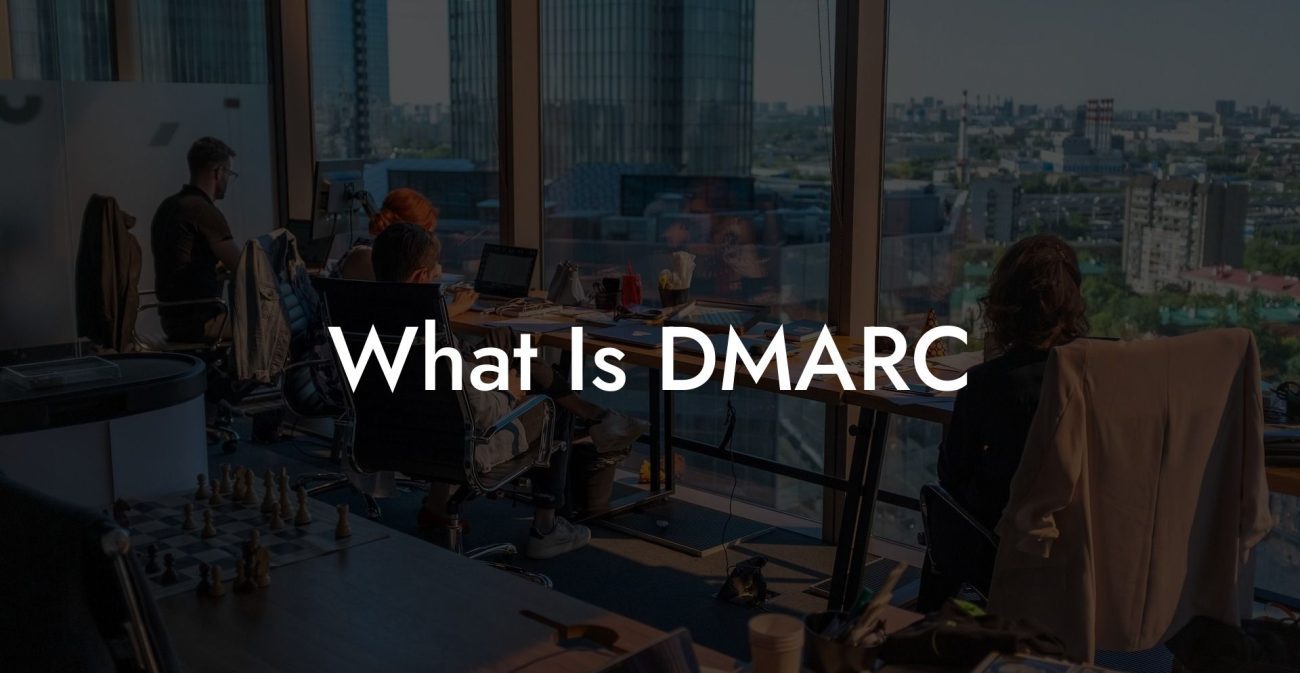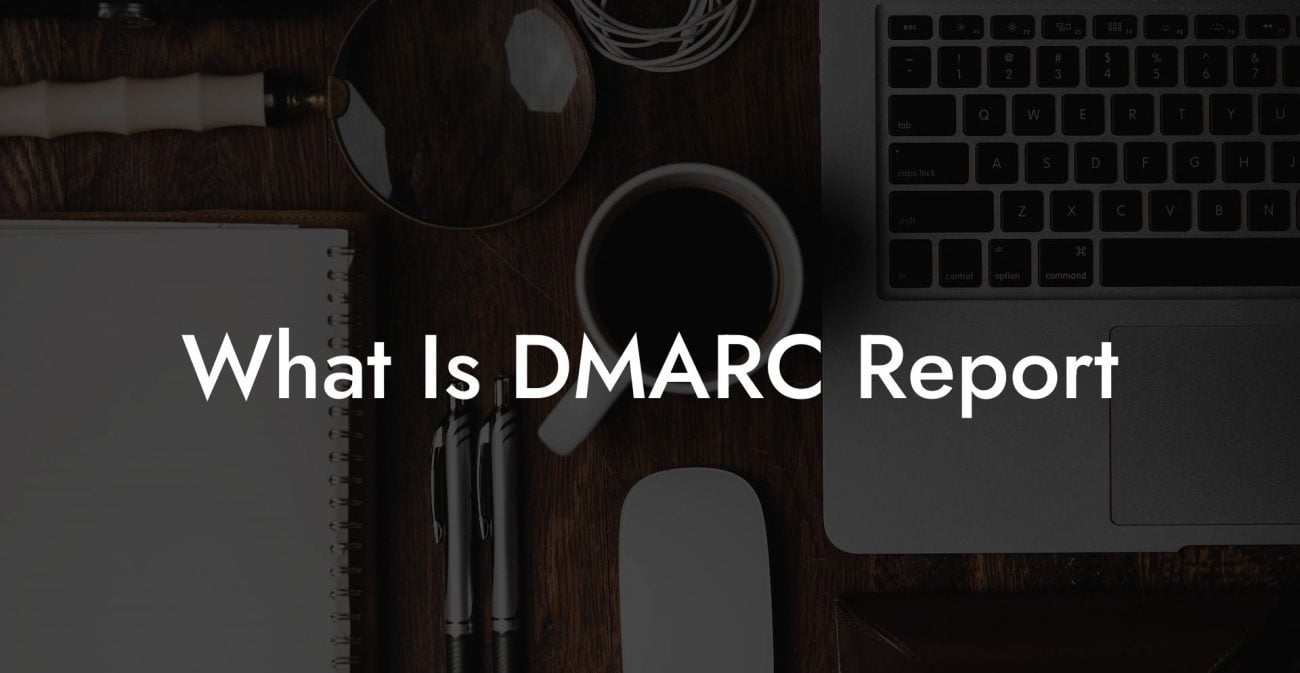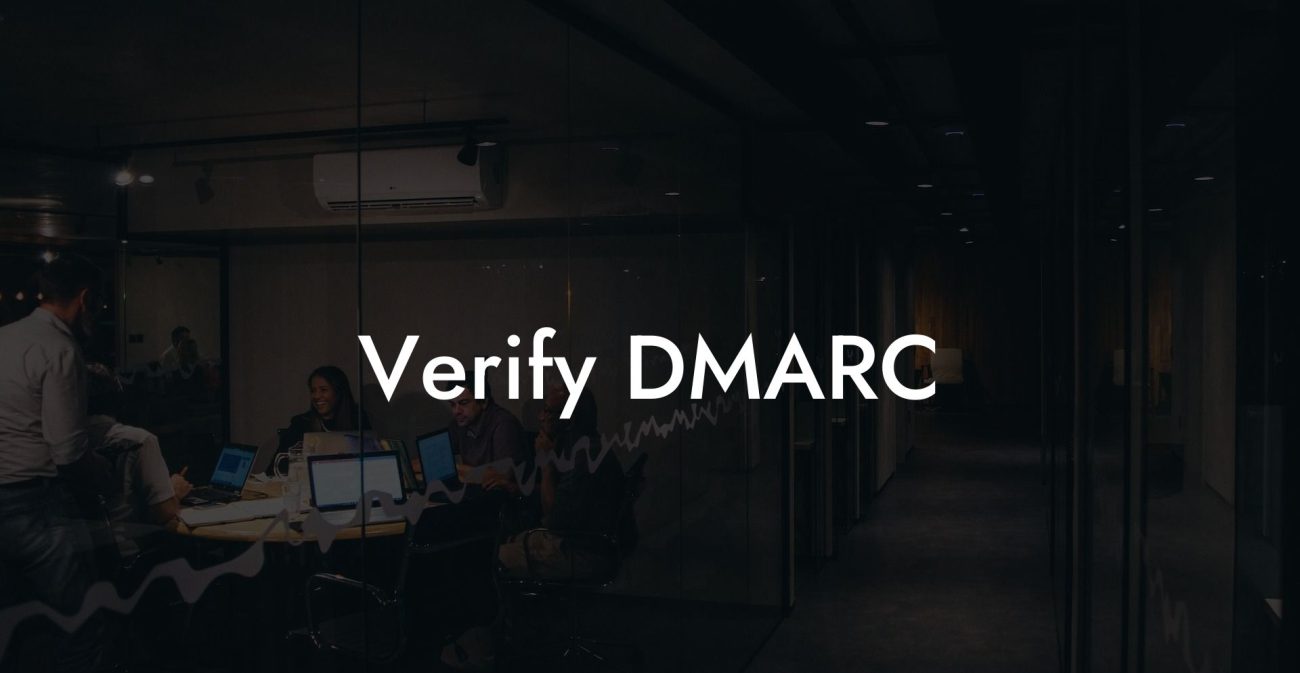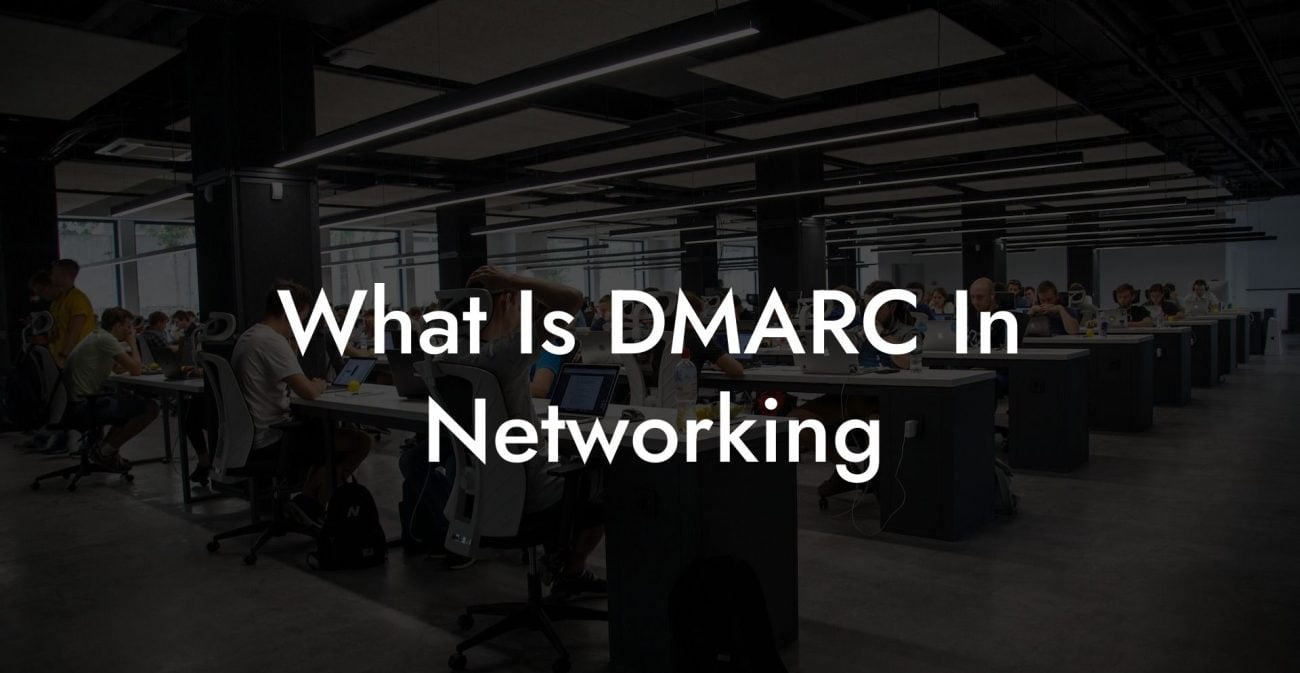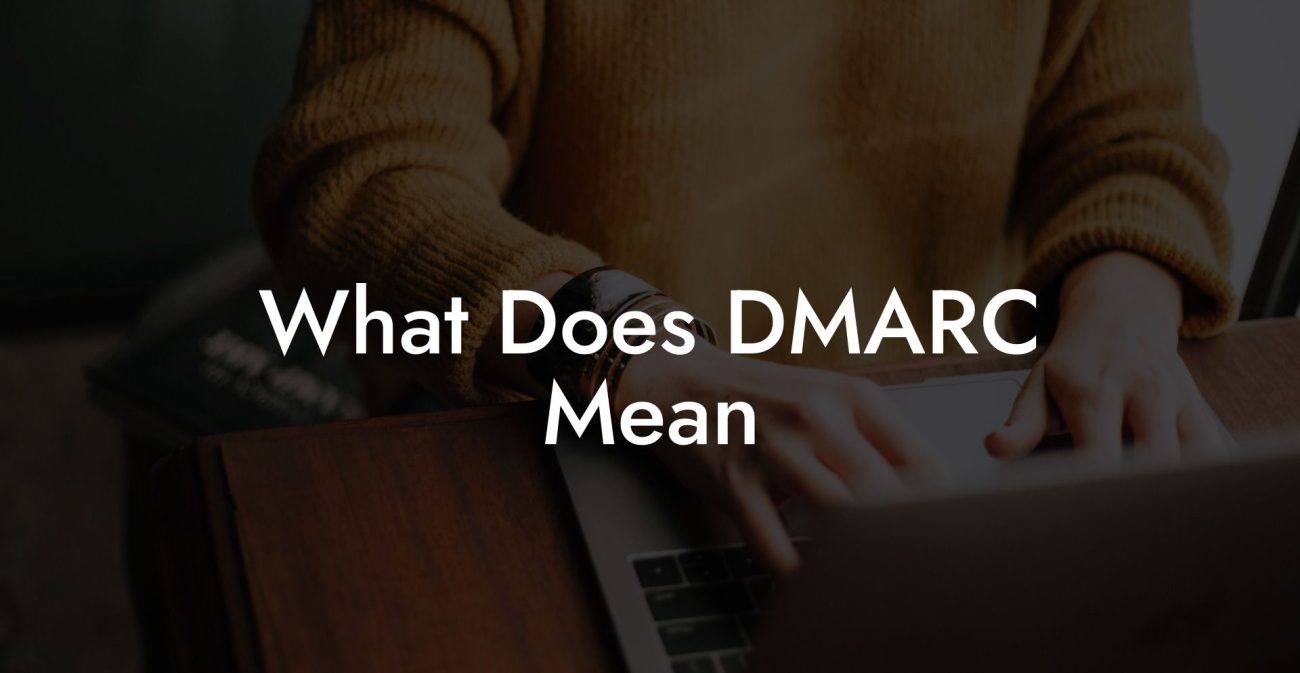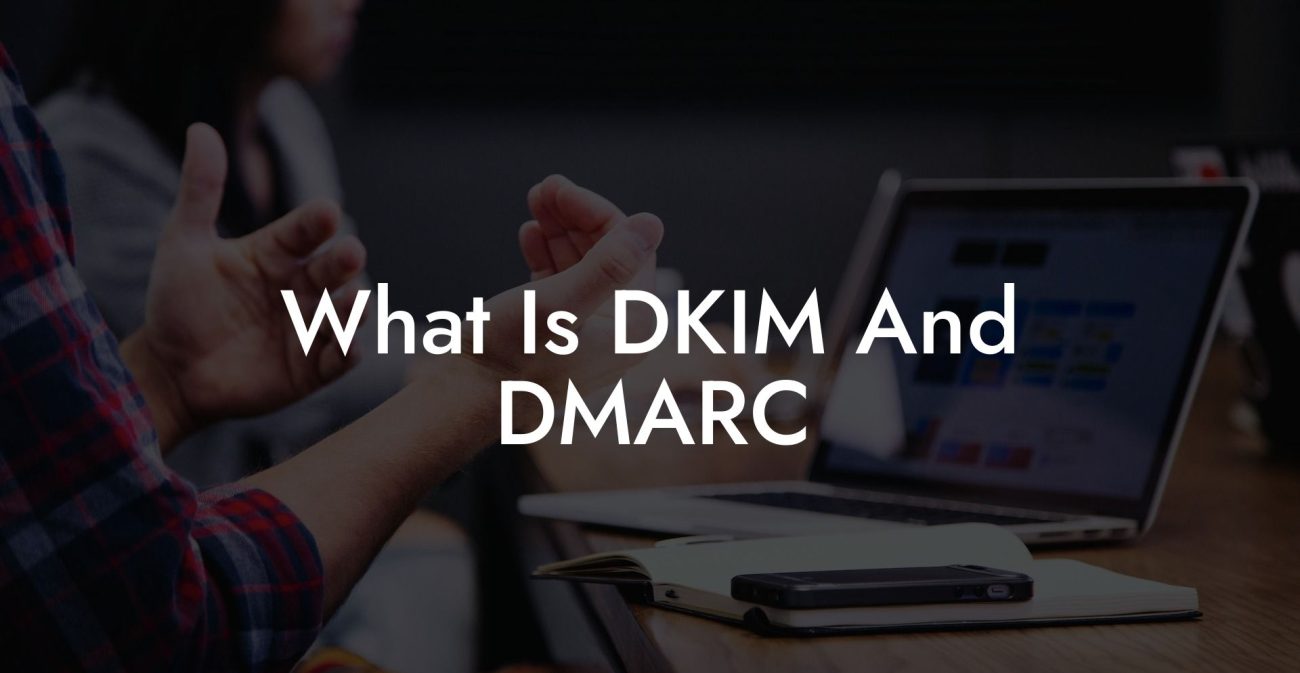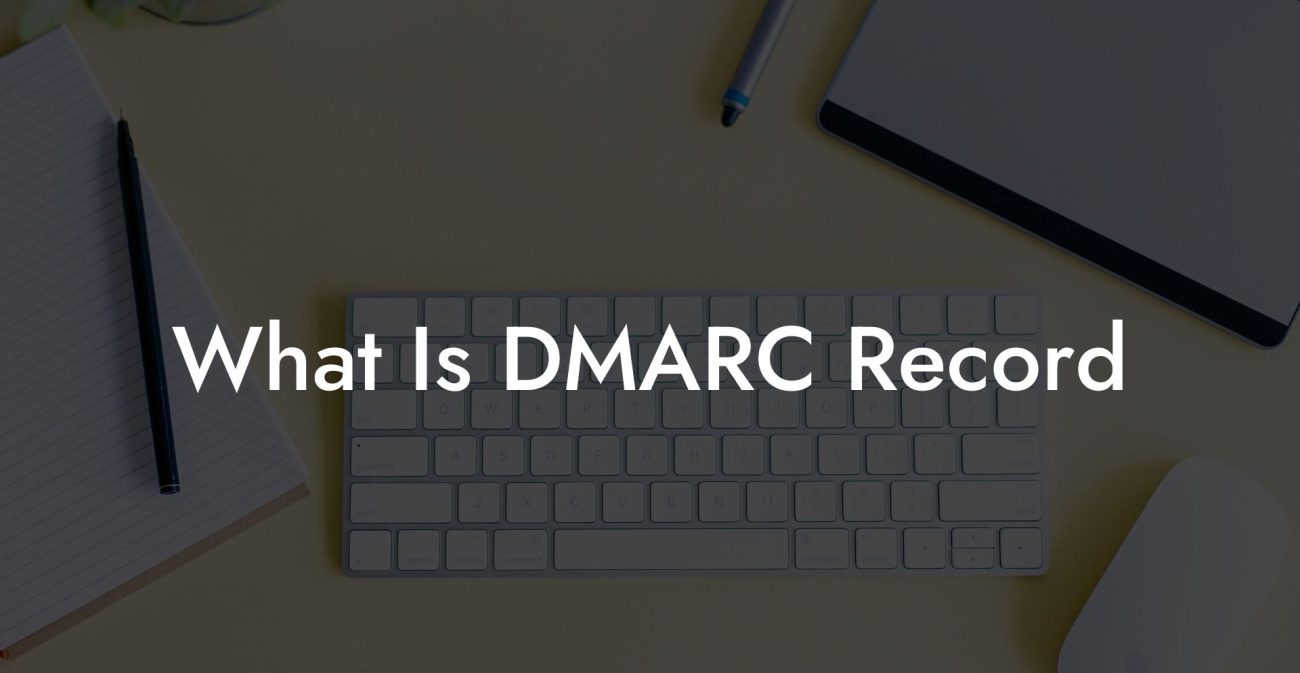As companies continue to face the increasing threat of cyber attacks, it is crucial for them to understand and implement the appropriate security measures. One such essential measure is the implementation of the DMARC policy. This article will provide an in-depth understanding of DMARC while offering comprehensive insights, useful statistics, and beneficial solutions on how to thoroughly protect your organization from potential threats.
What is DMARC Policy?
Domain-based Message Authentication, Reporting, and Conformance (DMARC) is an email validation system designed to protect your organization's email domain from being exploited by malicious actors for phishing and email spoofing attacks. DMARC policy ensures that only legitimate emails can be sent from your domain, reducing the risk of email fraud and enhancing trust in your brand.
How Does DMARC Work?
Protect Your Data Today With a Secure Password Manager. Our Top Password Managers:
DMARC builds upon two existing email authentication mechanisms: SPF (Sender Policy Framework) and DKIM (DomainKeys Identified Mail). These mechanisms work together to authenticate the sender's identity and verify that the email has not been tampered with during transit. Once DMARC is implemented, it will:
- Check if the email message aligns with both SPF and DKIM authentication practices.
- Allow email senders to specify how they want their emails to be handled if they fail DMARC checks (report, quarantine, or reject).
- Generate reports on email authentication results, offering valuable insights for the domain owner to improve email security.
Benefits of Implementing DMARC Policy
By harnessing the power of DMARC, companies gain several advantages, including:
- Enhanced email security and reduction of email fraud risks.
- Improved sender reputation and email delivery rates.
- In-depth visibility into email traffic and potential threats.
- Better compliance with regulatory requirements.
DMARC Policy Levels
There are three DMARC policy levels that dictate how the receiving server should handle emails that do not pass DMARC authentication:
- None: No action is taken on failed emails. However, domain owners receive reports on email traffic for analysis and adjustments.
- Quarantine: Emails that fail authentication are flagged as suspicious and placed in the recipient's spam or junk folder.
- Reject: The most secure policy level, where failed emails are blocked from reaching recipients altogether.
DMARC Policy Example:
Imagine a scenario where Company A is a reputable organization that regularly communicates with its clients through email. Cybercriminals identify Company A as a prime target for a phishing attack and start sending malicious emails impersonating Company A's domain. The unsuspecting clients who receive these fraudulent emails are at risk of providing sensitive information to the attackers.
By implementing DMARC at the "reject" policy level, Company A can prevent these spoofed emails from reaching their clients' inboxes. The attackers' attempts to exploit Company A's domain and extract sensitive information from their clients would be significantly hindered.
Don't wait another moment to improve your organization's email security! Implementing DMARC is a crucial step towards protecting your domain against email spoofing and phishing attacks. Share this article with your team members and colleagues in the fight against cybercrime. Additionally, explore our other guides on Voice Phishing to ensure that you stay informed and prepared for online threats.
Protect Your Data Today With a Secure Password Manager. Our Top Password Managers:

